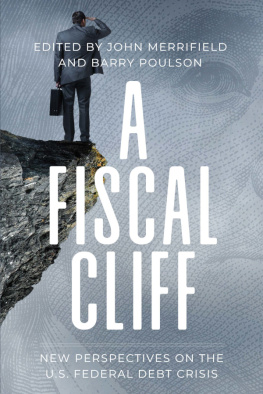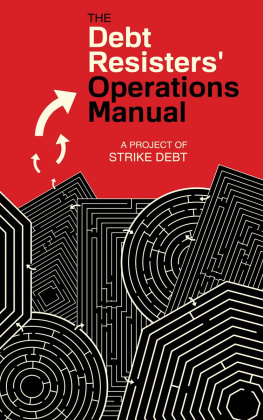Peter G. Peterson - Steering Clear: How to Avoid a Debt Crisis and Secure Our Economic Future
Here you can read online Peter G. Peterson - Steering Clear: How to Avoid a Debt Crisis and Secure Our Economic Future full text of the book (entire story) in english for free. Download pdf and epub, get meaning, cover and reviews about this ebook. year: 2015, publisher: Portfolio, genre: Politics. Description of the work, (preface) as well as reviews are available. Best literature library LitArk.com created for fans of good reading and offers a wide selection of genres:
Romance novel
Science fiction
Adventure
Detective
Science
History
Home and family
Prose
Art
Politics
Computer
Non-fiction
Religion
Business
Children
Humor
Choose a favorite category and find really read worthwhile books. Enjoy immersion in the world of imagination, feel the emotions of the characters or learn something new for yourself, make an fascinating discovery.
- Book:Steering Clear: How to Avoid a Debt Crisis and Secure Our Economic Future
- Author:
- Publisher:Portfolio
- Genre:
- Year:2015
- Rating:5 / 5
- Favourites:Add to favourites
- Your mark:
Steering Clear: How to Avoid a Debt Crisis and Secure Our Economic Future: summary, description and annotation
We offer to read an annotation, description, summary or preface (depends on what the author of the book "Steering Clear: How to Avoid a Debt Crisis and Secure Our Economic Future" wrote himself). If you haven't found the necessary information about the book — write in the comments, we will try to find it.
Philanthropist, businessman, and former secretary of commerce Peter G. Peterson argues that we can no longer ignore the long-term debt challenges facing our country, because our economic future depends on it. The gross federal debt now exceeds $17 trillion and it is expected to rise rapidly in the decades to come. If the growing gap between projected spending and revenues continues to widen, our federal debt is projected to soar to the highest levels in our nations historymore than four times its average over the past forty years. This growing debt and the associated interest costs divert resources away from important public and private investments that are critical to our global competitiveness, threatening our future economy.
Peterson has made it his lifes work to bring awareness to Americas key economic and fiscal challenges. He makes clear that if we continue to ignore Americas long-term debt, we will diminish economic opportunities for future generations, weaken our ability to protect the most vulnerable, and undermine the competitive strength of our businesses globally.
The drama-filled, economically damaging budget battles of the last few years have focused almost entirely on the short termputting aside the more difficult, but much more important, long-term issues. Peterson offers nonpartisan analysis of our economic challenges and a robust set of options for solving our long-term debt problems. He looks at the impact of aging baby boomers, growing healthcare costs, outdated military spending, a flawed tax code, and our divided political system. And he offers hopeful, durable, and achievable solutions for improving our fiscal outlook through a mix of progrowth reform options that would reduce government spending and increase revenue, and could be phased in gradually in the years to come.
Theres still time to restore the United States as a land of opportunity. Petersons diagnosis and recommendations can help us confront our fiscal reality, address our long-term debt, and steer the country safely toward a more secure and dynamic economic future.
Peter G. Peterson: author's other books
Who wrote Steering Clear: How to Avoid a Debt Crisis and Secure Our Economic Future? Find out the surname, the name of the author of the book and a list of all author's works by series.












